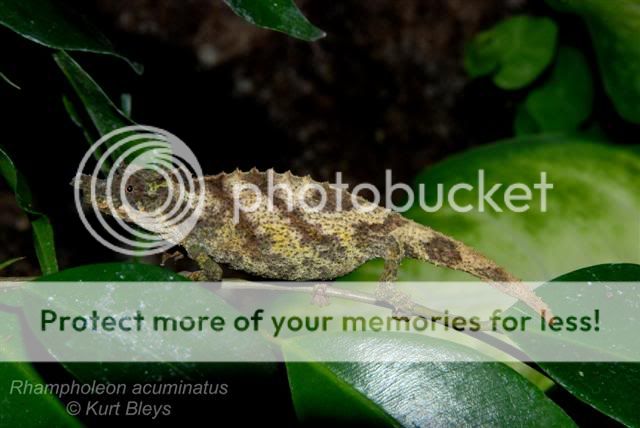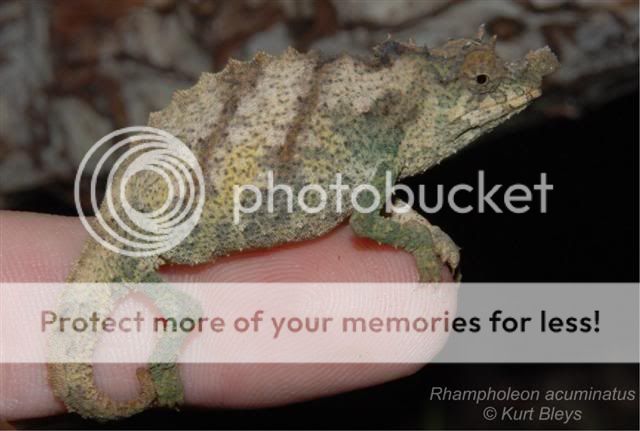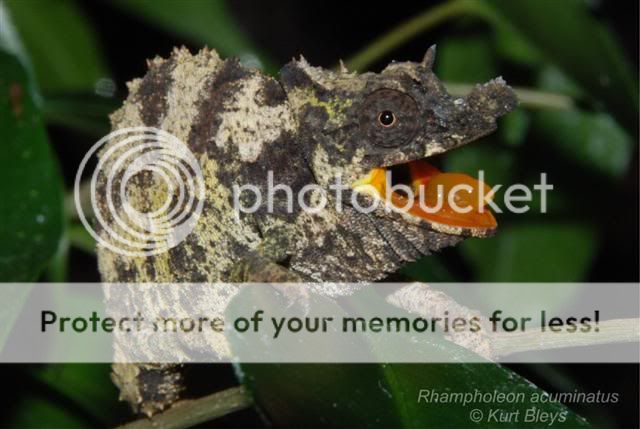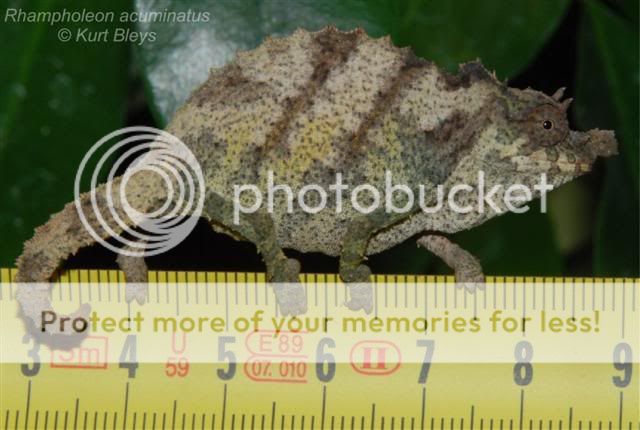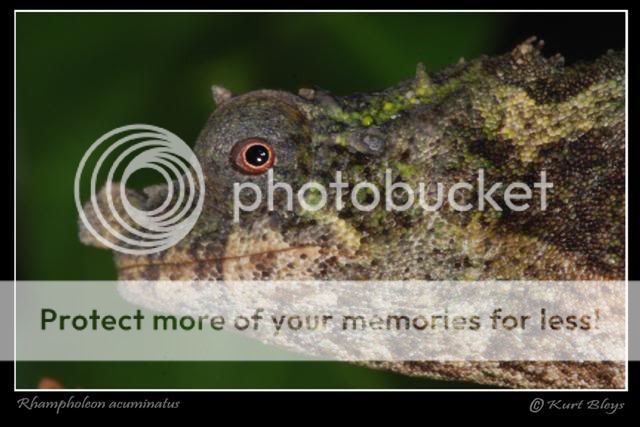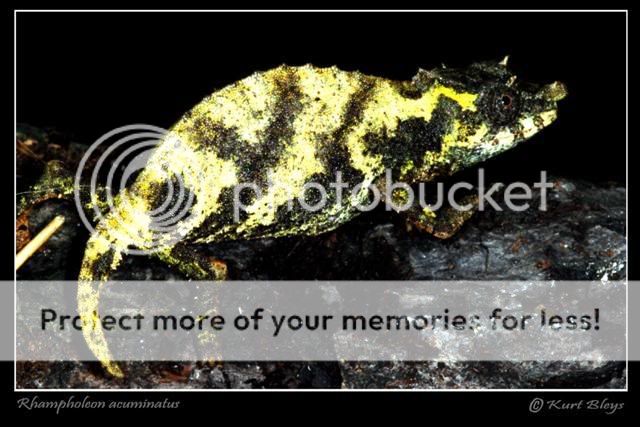Here is a species found along with R (Rhin.). acuminatus on Nguru Mountain in Tanzania. First I thought it was a R. (Rhin.) beraduccii, but after carefully reading Mariaux and Tibury (2006), I saw that the specimens originally referred to as possible Tanzania specimens of Rhin. (R.) boulengeri, it is a possibly undescribed species of the Rhin. (R.) uluguruensis complex.
They differ from R. (Rhin.) uluguruensis I have imported and seen mainly based on the size of the male. I received a single male and he is 3 times the size of R. (Rhin.) uluguruensis males.
I also noticed they are not nearly as aggressive as R. (Rhin.) uluguruensis, but I need additional animals to know their behavior as this male was weak when he came in. He died after a month in captivity. He came in with his tongue out of his mouth and dried up, so it had to be amputated off. He ate, drank, and looked well, but never moved around much.
Either way, enjoy the photo, it’s the only one I was able to get.

They differ from R. (Rhin.) uluguruensis I have imported and seen mainly based on the size of the male. I received a single male and he is 3 times the size of R. (Rhin.) uluguruensis males.
I also noticed they are not nearly as aggressive as R. (Rhin.) uluguruensis, but I need additional animals to know their behavior as this male was weak when he came in. He died after a month in captivity. He came in with his tongue out of his mouth and dried up, so it had to be amputated off. He ate, drank, and looked well, but never moved around much.
Either way, enjoy the photo, it’s the only one I was able to get.

Last edited:






